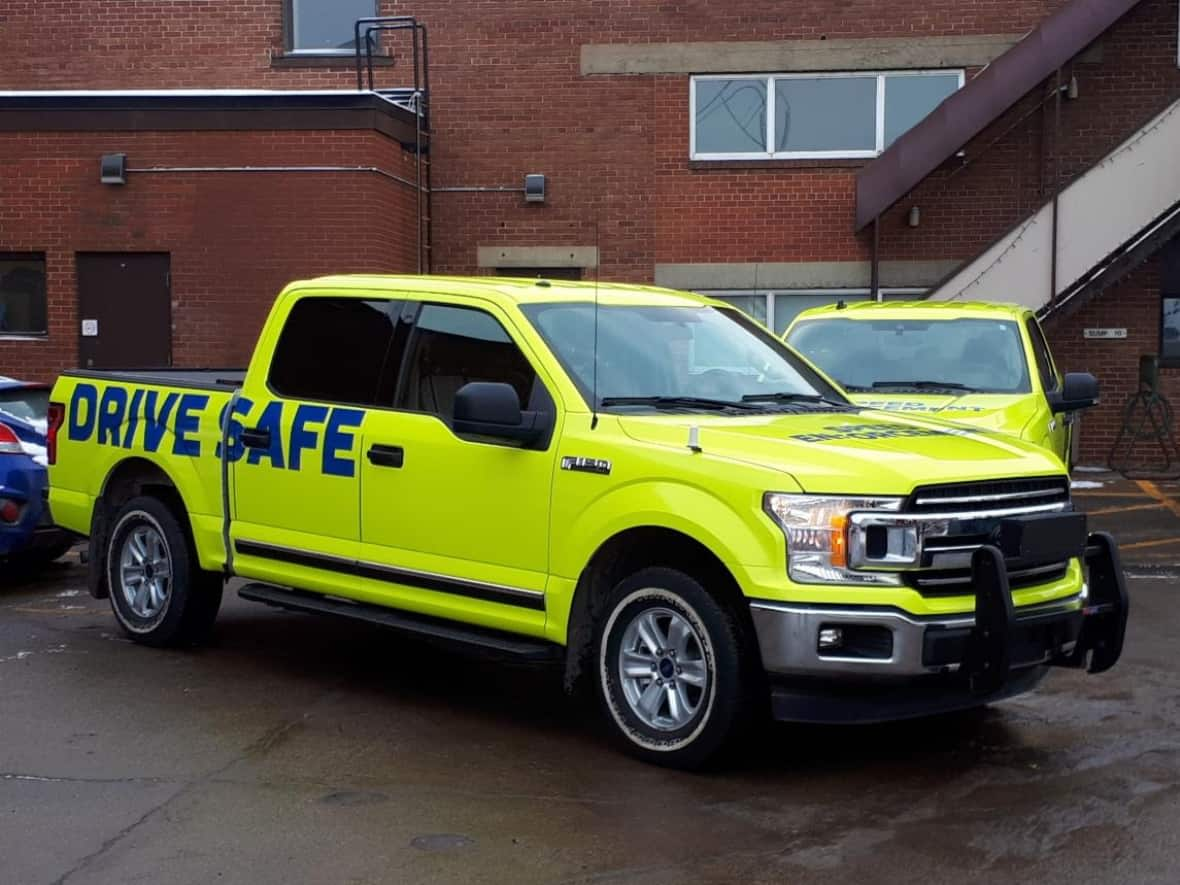Alberta demands municipalities prove photo radar sites are for safety, not cash

The Alberta government is putting new limits on how police and municipalities can use photo radar to nab speeding drivers.
"Photo radar is a hot button issue for Albertans," Transportation Minister Rajan Sawhney said at a Wednesday news conference. "There are many who feel that it can be used unfairly to generate revenue instead of using it for its intended purpose, which is to improve traffic safety."
Photo radar generated $203 million in Alberta in 2019/20, which was shared by the province and 26 participating municipalities.
Next April, municipalities will be barred from using the technology on roads where drivers must rapidly change speeds, like freeway on and off ramps.
Police must also keep photo radar off roads with speed limits lower than 50 kilometres per hour, with the exception of school and construction zones. They can only use it in school zones while students are in class, and in construction zones when workers are on site, Sawhney said.
One driver cannot receive two automated tickets within a five-minute span, she said.
Photo radar vehicles must be clearly visible to drivers, and cities must advertise any new radar locations online and through social media.
Before setting up any new locations, municipalities must try other tactics to tame speeders, such as speed bumps or traffic-calming modifications to roads.
University of Alberta professor Don Voaklander, an injury prevention expert, said those could be expensive alternatives. He said when used fairly, photo radar is a cost-effective way of reducing speeding, which reduces traumatic injuries.
New demands on municipalities
There are also new demands on cities, towns, villages and counties to provide data to the province on how and where they use photo radar, data the City of Edmonton says it already collects and publishes.
"Albertans can be confident these new rules will put a stop to photo radar fishing holes or speed traps," Sawhney said.
The province will also extend for another year a freeze on municipalities buying or upgrading any photo radar equipment.
That freeze began in December 2019, when the United Conservative Party government announced a two-year study and consultation on the topic. Wednesday's announcement was the culmination of that work.
The former NDP government also studied the issue and was preparing to ban photo radar, saying it had negligible benefits for traffic safety.
The UCP said the issue needed further study. The government also increased the amount of fine revenues they take from municipalities.
The new rules will likely lead to changes in how the City of Edmonton uses the tool.
This summer, the speed limit on most residential and downtown streets in Edmonton dropped to 40 km/h from 50 km/h.
Coun. Andrew Knack, who represents Ward Nakota Isga, said he was surprised the city will no longer be able to use photo radar on roads where the speed limit is lower than 50 km/h.
"Just like [the province is] asking us to have data for where we are using [photo radar], it would be nice to understand their data that has helped to inform that change," Knack said.
Jessica Lamarre, the city's director of safe mobility, said at a news conference that photo radar isn't the only tool police can use to enforce the new, lower residential speed limit.
Coun. Tim Cartmell, who represents the southwest ward of pihêsiwin, said one-size-fits-all rules may make it harder to respond residents' concerns.
"When the vehicles that are travelling there are short cutting and speeding and creating noise and creating safety concerns, the province might not see that as data supported, but it is absolutely a livability element to the neighbourhood," Cartmell said. "Frankly, I think that's a bit of a miss."

 Yahoo Movies
Yahoo Movies 
